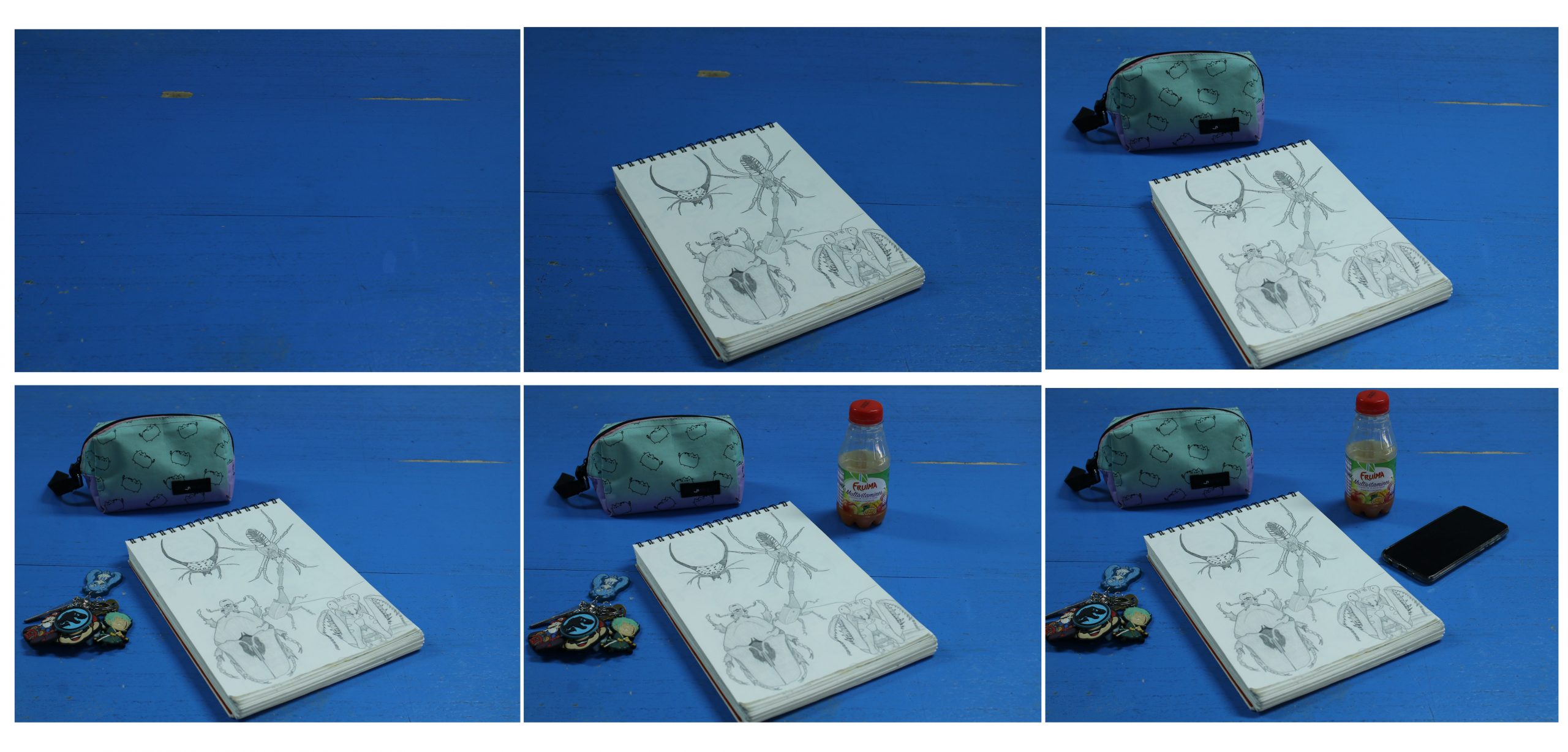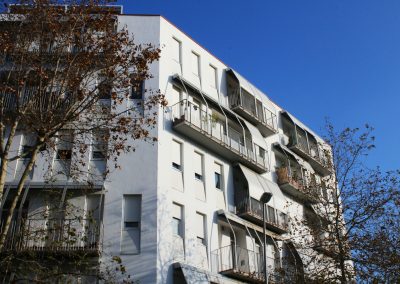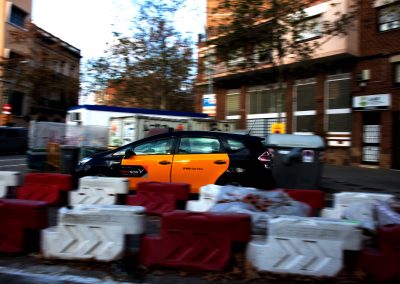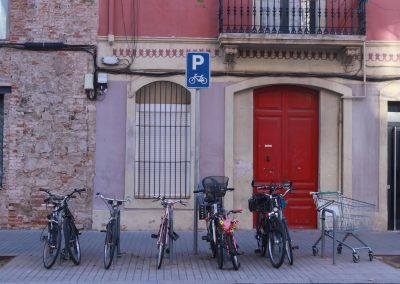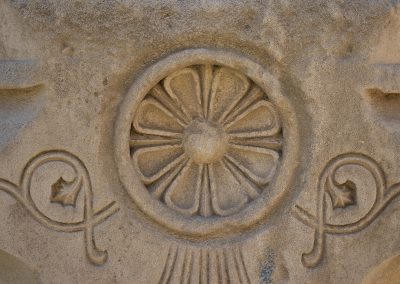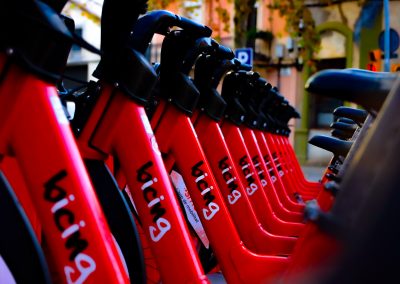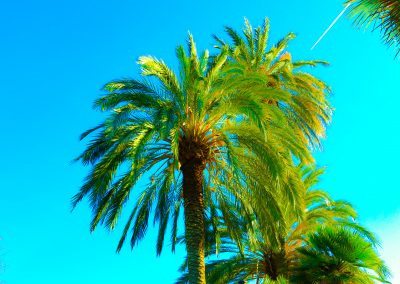Educating the eye and knowing how to translate ideas into images. These were the objectives set by Ada Sbriccoli for the photography training she gave to the students from our campus in France who visited us this week. During this workshop, the photography teacher and curator taught them how to use photography as an expressive tool. And to perfect their knowledge and skills, she offered them various practical exercises. This training also included visits to the current exhibitions at the KBr Photography Centre of the Mapfre Foundation, and to the exhibition ‘The Magritte Machine’, at CaixaForum.
Ada Sbriccoli: “It is necessary to open dialogues between different creative languages in the world of Art”.
We talked to Ada about this workshop, which is part of the first year academic program of the Animation studies at L’Idem.
What did the training you gave at L’Idem consist of?
Focusing on the creative process, I proposed an experimental approach to photography. After giving the students a theoretical basis about the photographic medium, I invited them to discover its technical principles through practical exercises. And over the course of a week they explored different methodologies for visual creation.
What have been the main lines of work?
Among other themes, I have focused on working on three lines of action. The first is the tools for reading the image in order to rethink the basic concepts of photographic composition. The second is the application of a practical methodology based on free experimentation. And the third, reflecting on the text-image relationship.
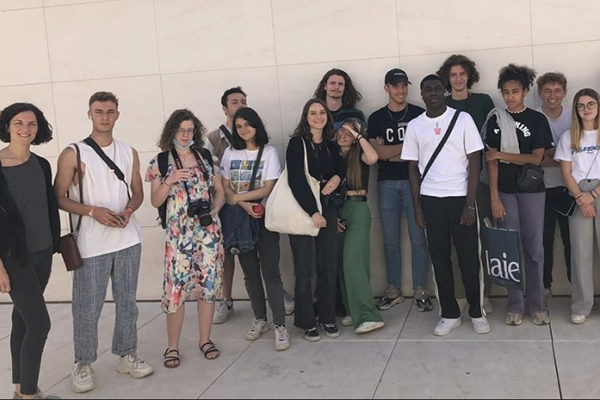
Why is it interesting for Animation students to have notions of photography?
In the world of Art it is important to cross disciplines and open dialogues between different creative languages. And it is for two reasons. Firstly, because it allows us to structure our gaze. And secondly, because it helps to awaken visual thinking.
How did the workshop develop?
Once they had mastered control of the camera in manual mode, the students carried out exercises on basic photography concepts such as speed, depth of field and the expressive value of light. They also worked on photographic sequences and the value of photographic narrative.
And what has been the final result?
Each student has improved their knowledge and skills in artificial lighting techniques and photographic language.
Finally, what is your assessment of this experience?
This workshop has allowed me to get to know the concerns of each student and to feel their desire to learn and experience in practice everything they learnt in the theory sessions. Once again, I’ve noticed that the students at L’Idem are curious and highly motivated to develop their own visual imaginary. They are open to hybridising the frontiers of everything they know.
